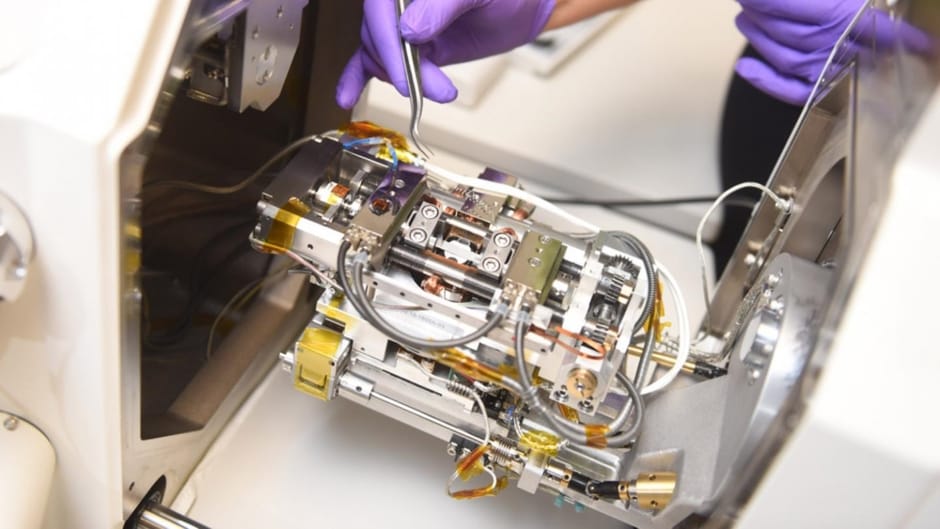
"Until now, you could look at a material's structure before exposing it to heat or load, then apply heat and load until it broke, followed by a microstructural observation. That means you'd only know what it looked like before and after loading and heating," said Afsaneh Rabiei, corresponding author of a paper on the work and a professor of mechanical and aerospace engineering at North Carolina State University (NC State).
"Our technique, which is called 'in situ scanning electron microscopy (SEM) heating and loading,' allows us to see the microscopic changes taking place throughout the process. You can see how cracks form and grow, or how microstructure transforms during the failure process. This is extremely valuable for understanding a material's characteristics and its behaviour under different conditions of loading and heating."
According to NC State, Rabiei developed the in-situ SEM technique for high temperatures and load as a means of conducting high throughput assessments of the behaviour of advanced materials. The goal was to be able to predict how a material responds under a variety of heating and loading conditions. The instrument can capture SEM images at temperatures up to 1,000 deg C and at stresses as high as two gigapascals (equivalent to 290,075psi).
For their recent demonstration of the technique's potential, researchers conducted creep-fatigue testing on a stainless-steel alloy 709, a material being considered for nuclear reactors.
"Creep-fatigue testing involves exposing materials to high heat and repeated, extended loads, which helps us understand how structures will perform when placed under loads in extreme environments," Rabiei said. "That is clearly important for applications such as nuclear reactors, which are designed to operate for decades."
To that end, Rabiei and her collaborators tested samples of alloy 709 at temperatures of 750 deg C, which experienced repeated load cycles ranging from holding the load for one second to holding the load for one hour repeatedly until they failed. In one iteration, where the sample was repeatedly exposed to a load for one hour, with seven-second intervals between loads, the experiment lasted for more than 600 hours, which the in-situ SEM captured in full.
"In situ SEM allowed us to track the microscopic development of cracks in the material and the evolution of the microstructure during the creep-fatigue testing," Rabiei said. "We were then able to use these data to model what alloy 709's behaviour would be over years of use in a nuclear reactor. And alloy 709 outperformed 316 stainless steel, which is what's currently used in many reactors.”
The work was supported by the US Department of Energy.




Project to investigate hybrid approach to titanium manufacturing
What is this a hybrid of? Superplastic forming tends to be performed slowly as otherwise the behaviour is the hot creep that typifies hot...